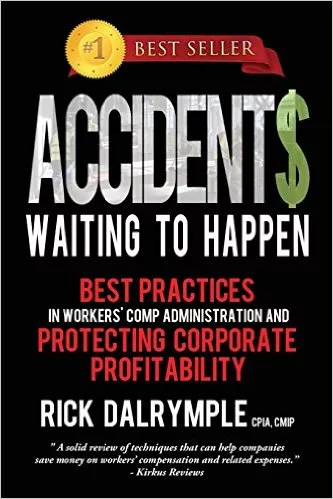Legal Issues in Roofing
VIDEO: Subcontractor Update: Important Details You Need to Know
The job market has drastically changed in a post-COVID world, not only from the continued labor shortage, but updates to rules about classifying workers as independent contractors or employees.
It's important for roofing contractors to stay on top of the latest trends and issues if they hope to subcontract their labor successfully, which is why RC recently turned to the expertise of Trent Cotney, partner at Adams and Reese, about how the subcontractor market has changed over the past year.
One aspect of subcontracting Cotney highlights is that the changes are here to stay, especially in regards to labor.
“Contractors are now basically construction managers,” Cotney says. “They’re subcontracting out the majority of their labor, even contractors that historically never did that.”
However, the reason for this has more to do with company growth than cost.
“It can be [cheaper to subcontract labor], but the big thing is you can scale,” Cotney says. “And the big thing is demand is out there, so if you’re looking to grow, it’s very hard to grow organically with W-2s. It’s easier, especially if you’re doing storm or restoration work, to expand quickly with sub-crews.”
There is more to having subcontractors than simply managing the job site, though.
“You have to understand how to manage subcontractors,” Cotney says. “And that requires good onboarding, good vetting – there are great sub-crews, there are bad sub-crews out there – and you need to make sure you’re getting the right subcontractors – that they’re insured, they’ve got workers’ comp and CGL.”
Looking for a reprint of this article?
From high-res PDFs to custom plaques, order your copy today!










